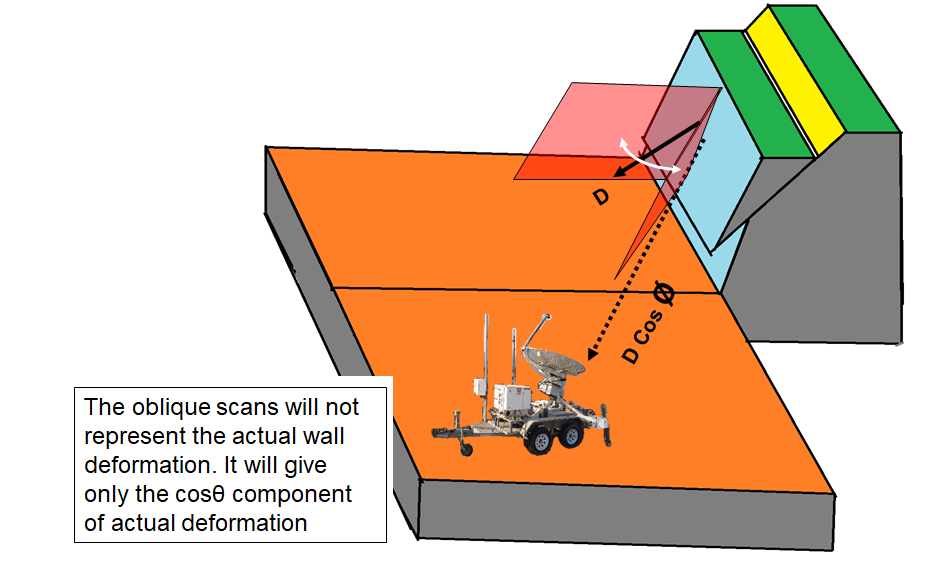The Story of Rock Mechanics: How Science Unraveled the Secrets of the Earth’s Foundations

Deep in the heart of the earth lies a hidden world of immense power and mystery – the realm of rocks. These solid, ancient structures form the foundation of our planet and hold the key to understanding its history and evolution. But it wasn’t until relatively recently in human history that the scientific field of rock mechanics emerged, unlocking the secrets of how rocks behave under stress and revolutionizing our understanding of the Earth’s foundations.
The story of rock mechanics begins thousands of years ago when early civilizations first started to interact with rocks in their daily lives. Rocks were used as tools, building materials, and even as sacred objects. However, humans had only a rudimentary understanding of the physical properties of rocks and how they behaved under different conditions.
As civilizations advanced, so did our understanding of rocks. In ancient Greece, philosophers like Aristotle and Democritus pondered the nature of rocks and speculated about their composition and properties. However, it was not until the 17th century that the first scientific investigations into rock mechanics began to take shape.
One of the earliest pioneers in the field of rock mechanics was Robert Hooke, an English scientist and inventor. In the late 17th century, Hooke conducted experiments on the strength and elasticity of different materials, including rocks. He used simple instruments like springs and weights to apply stress to rocks and observe their behavior. Hooke’s work laid the foundation for the concept of stress and strain in rocks, which would become fundamental to the field of rock mechanics.
Fast forward to the 18th and 19th centuries, and the industrial revolution brought new technologies and techniques that revolutionized our ability to study rocks. Engineers and geologists began to encounter new challenges as they built bridges, tunnels, and railways through mountains and other rock formations. These challenges led to the development of practical methods for rock testing and exploration.
One of the key figures in the early development of rock mechanics was Henry Darcy, a French engineer. In the mid-19th century, Darcy conducted groundbreaking experiments on the permeability of rocks, which is their ability to allow fluids to flow through them. He developed mathematical equations to describe the behavior of fluid flow in rocks, known as Darcy’s law, which became a fundamental principle in hydrogeology and petroleum engineering.
Another notable figure in the history of rock mechanics was Ferdinand Rudolph, a German engineer. In the late 19th century, Rudolph conducted pioneering research on the strength of rocks, using sophisticated instruments to measure their behavior under different loads and conditions. Rudolph’s work laid the foundation for the concept of rock strength and failure, which is still widely used in rock engineering today.
However, it was not until the 20th century that rock mechanics as a formal scientific field began to take shape. With the advent of modern technologies like electron microscopy, seismology, and numerical modeling, our ability to study rocks at a microscopic and macroscopic level greatly improved. This led to significant advancements in our understanding of the mechanical properties of rocks and their behavior under different geological and environmental conditions.
One of the key milestones in the development of rock mechanics was the publication of the seminal book “Rock Mechanics: Principles in Engineering Practice” by Zdeněk P. Bažant in 1969. Bažant, a Czech-American engineer, synthesized the existing knowledge of rock mechanics and proposed a comprehensive framework for understanding the behavior of rocks under stress. His work provided a solid foundation for the field of rock mechanics and established it as a distinct scientific discipline.
Since then, rock mechanics has continued to evolve and expand, with researchers and engineers around the world making significant contributions to our understanding of rocks and their behavior. Today, rock mechanics is a multidisciplinary field of study that has applications in a wide range of industries, including mining, construction, and geology. Engineers and scientists continue to develop new techniques and technologies for studying the behavior of rock, and their work has led to significant advances in our understanding of the earth’s crust and the processes that shape our planet.
In conclusion, the emergence of rock mechanics as a field of study can be traced back to the mid-1800s when engineers and miners recognized the need for a better understanding of rock behavior in order to ensure the safety and stability of mine tunnels and excavations. The work of pioneers like William Fairbairn and Paul Terzaghi paved the way for the development of new techniques and technologies for studying the behavior of rock, and their contributions continue to have a significant impact on the engineering and construction industry today.


